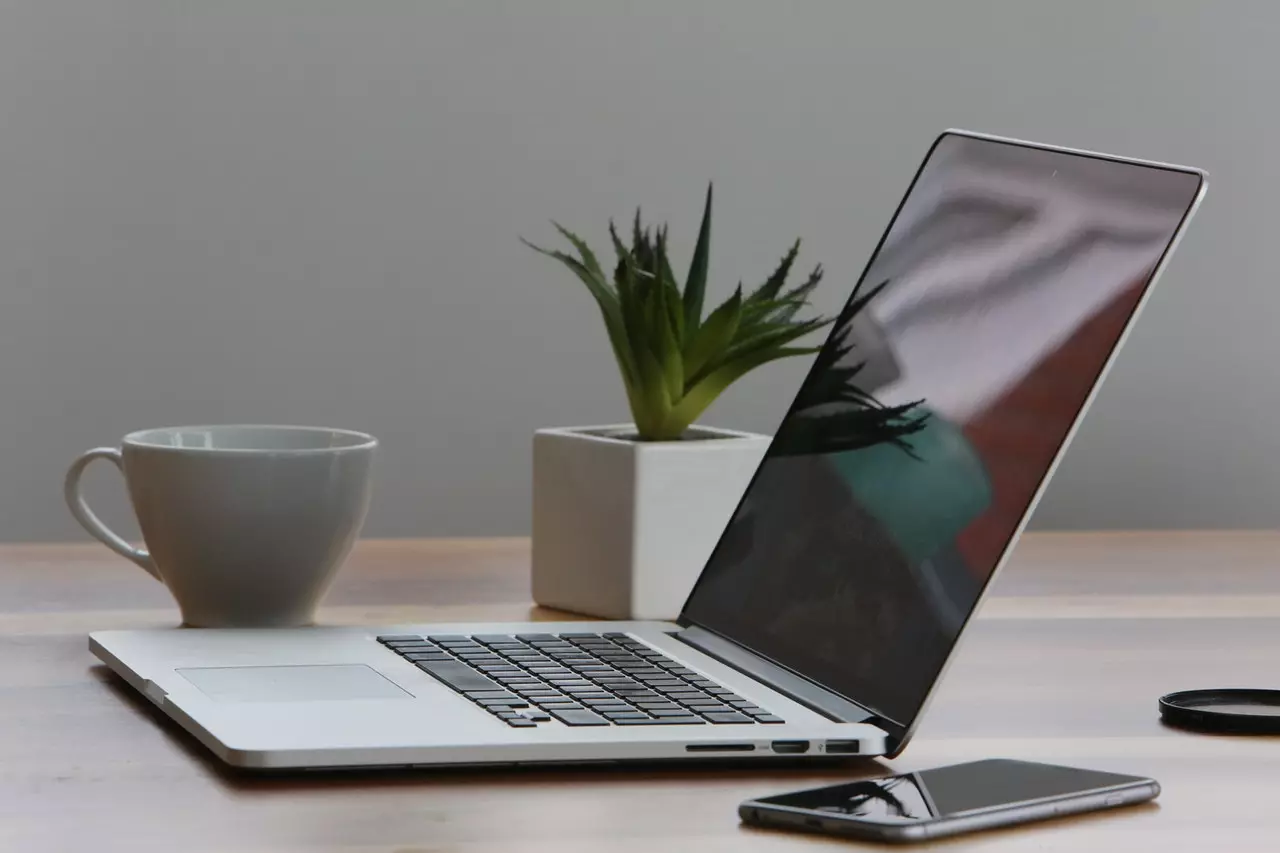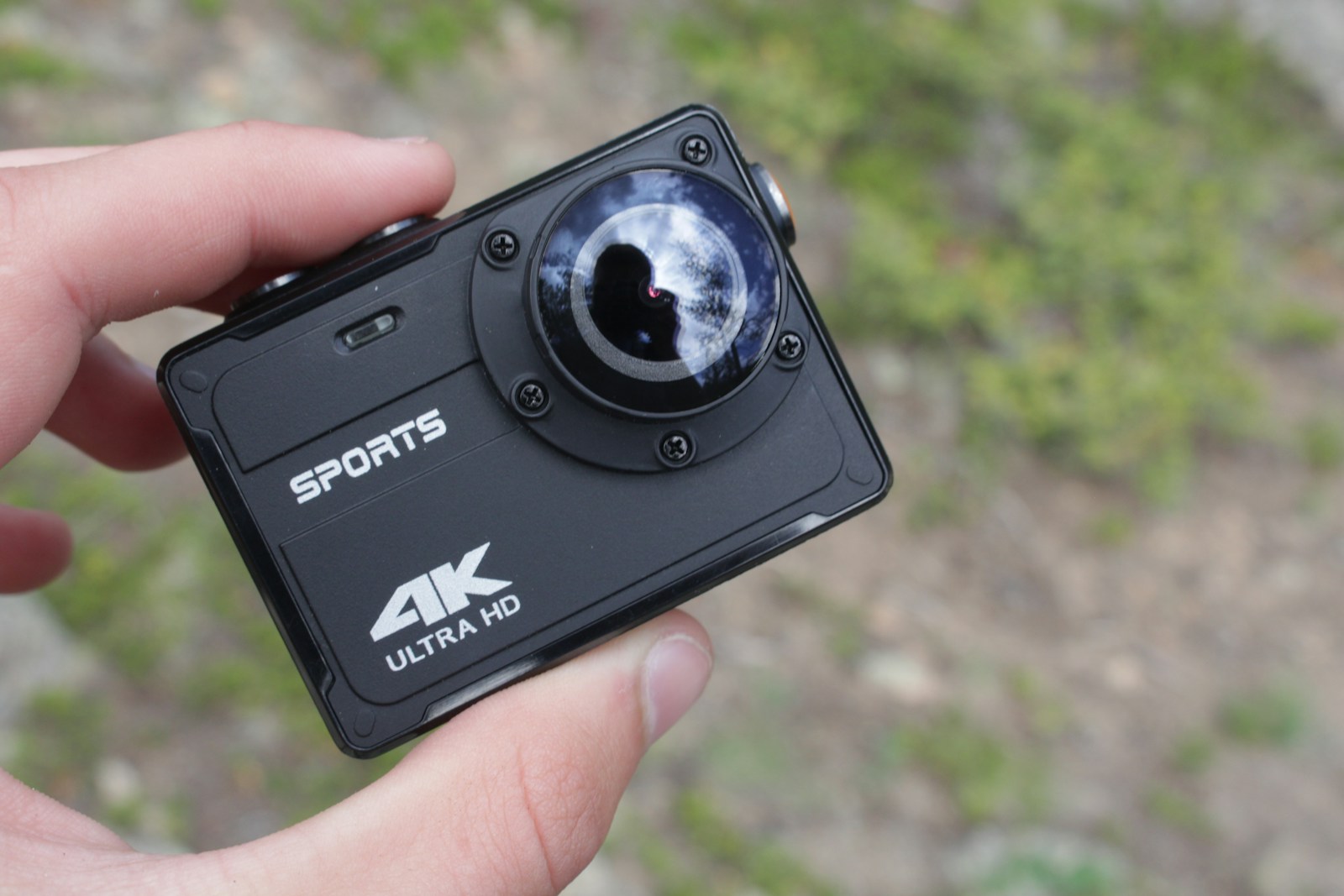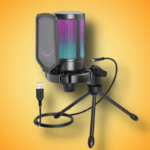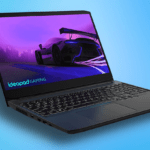There are a lot of laptops on the market and it can be pretty tempting to go for the most expensive one. What if your budget doesn’t allow it? If you want to get the best bang for your buck, you need to know what to look for in a laptop – whether that’s a cheap laptop or a more expensive one. In this article, I’ll talk about how you can find the best laptop for what you need at any price point and budget level.
First of All, Choose Your Budget for the Best Laptop
When considering a laptop, it’s important to consider the cost upfront. A laptop is an investment that will have a long-term impact on your productivity and success. The best way to choose the right budget is to first decide what you need a laptop for. If you need a computer for general office work, an inexpensive option would be sufficient. However, if you plan on using your laptop as the main gaming device or work as a graphic designer or programmer, your budget should reflect this.
On my YouTube channel, many of my viewers ask for the cheapest laptop option that can be used for long-term coding. Let me clarify this point—The cheapest and best laptop is MYTH. In my opinion, if a laptop is worth ₹30,000 and it is not able to serve your purpose, it’s a waste of money. Ultimately, you will end up buying another laptop just after a year or so and pay more than ₹60,000 in total.
That’s why I would recommend prioritizing your purpose of buying a laptop more than finding the right budget. The idea is to get the most value out of your purchase than regret it later.
Choose a Better Processor for Laptops
A processor is the brain of a computer. All your daily tasks mostly depend on the type of processor you choose for your laptop. The processor is the core of the motherboard and the main component that decides your laptop’s performance. The processor speed affects how fast your laptop will perform during everyday tasks. There are three steps to choosing the perfect one for you.
First, figure out how much you need. This means figuring out how many applications, what type of graphic cards (like an integrated or discrete graphics card), and what types of tasks you will be using the laptop for. Then, choose between a 1.7GHz or 2.0GHz CPU.
Second, figure out the number of cores and how many threads are in your laptop CPU. More the number of cores, the more the price of your laptop. In general, take a look at my recommendations here for processor cores.
Dual Core Processors
Dual-Core processors include Intel Core i3 or AMD Ryzen 3 old-gen processors. These processors are ideal for general office work such as using MS Office, Watching videos, and casual web conferencing.
Quad Core Processors
Quad-core processors include Intel Core i5 or AMD Ryzen 3 New Generation or Ryzen 5 processors. If you are buying a laptop for programming, graphic design, or long web conferencing, must consider a laptop with at least a quad-core processor.
Hexa Core Processors
Hexa-core processors include Intel Core i7 or AMD Ryzen 5 New Generation or Ryzen 7 processors. If you are a heavy user and do intense graphic work, motion graphics, video editing, or hard-core coding, it’s always better to choose at least a Hexa-core processor or more.
How Much RAM is Sufficient for the Best Laptop?
RAM is the primary memory of your computer. It allows you to open multiple apps and keep using them without losing your work. The RAM capacity and speed both matter these days. RAM capacity enables you to store as many apps as possible and the RAM speed enables you to use the running apps as often as possible. More the numbers, the more expensive a laptop becomes.
The following recommended video would clarify the purpose and should answer your question—how much RAM is sufficient?
Connectivity Options of Best Laptop
These days modern laptops are equipped with multiple connectivity options. A few years back, looking at the connectivity options was not the major criterion to choose a laptop. In the recent scenario, laptop manufacturers provide various connectivity options to provide better value. Some of the connectivity options may not be good to have and some important options can save you precious time.
Connectivity options include Wi-Fi, Bluetooth, USB ports and Type-C port, Thunderbolt support for expensive laptops, and so on. The number of USB ports will depend on the size of the laptop. You’ll want at least one port for a mouse, one for a keyboard, and another for a flash drive. If you want to connect to your cell phone or tablet, you’ll need another USB port.
BLUETOOTH
This is a common connectivity option on laptops, but it isn’t necessary on some models. Most recent laptops support Bluetooth version 5.0, but any laptop above Bluetooth version 4.0 is sufficient.
WAN
Wireless Area Network (WAN) stands for the version of Wi-Fi. Modern laptops support Wi-Fi 6 these days. Wi-Fi 6 is a good-to-have feature because it supports Gigabit speed. But it’s not a must-have requirement. It depends if your internet connection and your Wi-Fi router also support Gigabit speed.
THUNDERBOLT
Having thunderbolt support in a Type-C port in your laptop allows you to charge your laptop using the same port from which you can also transfer data at a very high speed. These days, many budget laptops even have support for thunderbolt ports.
Display Quality of Your Best Laptop
When considering screen size and quality, it’s important to look at the laptop’s native resolution. The higher the screen’s native resolution, the sharper and crisper your experience will be. Additionally, a higher-resolution display will make a big difference in viewing media files like movies and photos.
There are three types of display qualities to consider when buying a laptop. At a glance, I hardly recommend choosing an IPS display as the main priority, but let me explain why. First, let’s understand these terms that might be confusing for some of you.
TN Display
TN stands for Twisted Nematic LCD. TN displays are the most affordable and widely available ones on the market, which is why they’re also known as traditional Full Gloss displays. These are the most common models you’ll find in laptops today. They offer not-so-great viewing angles and also exhibit color inaccuracy, but they’re good enough for most people and their low price makes these displays a very attractive option at first glance. However, when it comes to high quality, TN displays are simply not good enough to be used in professional environments.
VA Display
VA stands for Vertical Alignment. These displays offer wide viewing angles and punchy colors (but not very accurate). These types of displays are ideal for consuming media content and playing games. In addition to the above, these displays are comparatively cheaper than IPS displays. Hence, few manufacturers like Dell provide these displays in their budget segment laptops.
IPS Display
In-Plane Switching, or IPS, are the premium displays that provide better viewing angles and color accuracy, but at the same time, they’re much more expensive. If you do a lot of work with your screen, these are the ones you’ll want to get. They support wide viewing angles and accurate colors, but they work best for professional use simulating other types of display technologies.
Now let me explain why you should choose an IPS display for laptops. For some reason, you must be using your laptop for text-based work most often, especially when you are into office work or coding. An IPS display on your laptop enables you to work for longer hours without irritating your eyes. Surprisingly, most budget laptops these days are equipped with IPS displays, then why settle for TN or VA?
Just choose a laptop with an IPS display and thank me later. I post the Best Laptops video on my YouTube channel for each month, so you can subscribe to my channel to keep getting the latest and greatest posts there too.
Ideal Screen Size and Resolution of Your Best Laptop
You should choose an ideal screen size for your laptop that best suits your needs. For example, if you’re someone who edits videos or plays games on their laptop, you should opt for a larger screen size like 15 to 17 inches. If you’ll be using the laptop mostly for typing and occasional web browsing, then a smaller 13 to 14-inch screen should suffice. If you’re going to be using your laptop as a desktop replacement, then the best screen size is at least 13 inches.
It’s also important to have a good resolution. Anything less than 1920 x 1080 pixels (FHD resolution) will likely feel cramped and hard on your eyes. Screen resolution is also important because it determines the clarity of your images to the naked eye.
If you’re not getting a good resolution, then you’re going to have a hard time working with texts as well as media content. If you are very tight on budget and cannot afford an above ₹40,000 laptop, considering a laptop with a 720-pixel resolution is just fine. However, I would not recommend choosing a laptop below FHD resolution.
Charging and Battery Life
In general, a laptop’s battery life is determined by the size of its battery and the power efficiency of the processor. The size of your battery should be based on how long you want to use your laptop without being plugged in. A larger battery will last a long time, but also take up more space and weight. For a light-use notebook, you can usually go with a smaller 3-cell battery.
Modern laptops are generally equipped with 41-54 Watt Hour battery capacity. Thanks to the new generation of processors that consume very little power and make you feel comfortable with even low-capacity batteries. Getting a laptop that has Intel 11th Generation processor or AMD 5th Generation processor is a wise decision to reduce laptop weight and still get great battery life.
Many laptops starting from ₹45,000 support fast charging. You can visit the manufacturer’s website to know the detailed specification of a laptop whether it supports fast charging or not. In my opinion, these are just secondary things for a budget laptop. If you are ready to invest more than ₹55,000 in a laptop, this becomes a major factor to get the most value.
Conclusion
When buying a laptop, it is important to get the best value for your money. By following the steps outlined in this article, you will have all the information you need to select a device that will meet your needs and budget. There are many options available when it comes to laptops, but this article details the following most popular laptops to help you narrow down your search.









